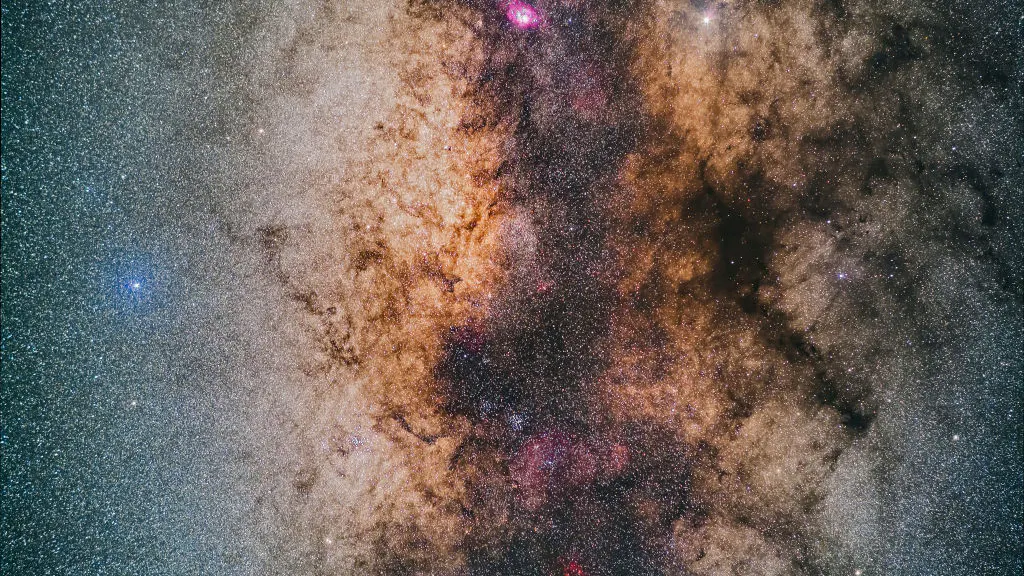The enormous black hole at the center of our Milky Way galaxy, Sagittarius A*, which was viewed in images for the first time ever in May, emitted a massive spike in X-rays, triggering a gas bubble to spin around the black hole at an insane rate of speed.
Scientists estimated the bubble traveled at 30% of the speed of light.
“Mind-blowing,” said Maciek Wielgus, an astrophysicist at Germany’s Max Planck Institute for Radio Astronomy, of the bubble.
“It’s an absolutely, ridiculously fast-spinning bubble,” he also said.
“We think we’re looking at a hot bubble of gas zipping around Sagittarius A* on an orbit similar in size to that of the planet Mercury, but making a full loop in just around 70 minutes,” he observed. The same orbit would take Mercury 88 days.
The bubble only lasted a few hours, but even that brief appraisal of it from 27,000 light years away may help astronomers learn more how black holes work. “A hot spot orbiting black hole in a clockwise direction in the sky, observed at low inclination, is a simple scenario which explains the linear polarization of ALMA millimeter light curves of flaring Sgr A* remarkably well,” Wielgus wrote in Astronomy and Astrophysics.
Sagittarius A* was first photographed in May by the Event Horizon Telescope Collaboration, in which eight radio observatories around the world work together to act as one “Earth-sized” virtual telescope, CBS News reported.
According to Wielgus, witnessing the bubble supports a theory of magnetically arrested discs which occur when a strong magnetic field at a black hole’s mouth prevents material from being swallowed by the black hole, and thus the disk swirls around the black hole itself. He suggested that after the material has grown to a certain size, a “flux eruption” is stimulated, catalyzing a surge of energy.
Wielgus asserted that the light streaming from Sagittarius A*, whose mass equals four million times of our sun, only has the power of 100 suns, and it’s comparative weakness serves as a benefit rather than a hindrance, as a “starving black hole” at the center of our galaxy is preferable to “living next to a quasar,” whose light would be the equivalent of billions of suns.
“In the future we should be able to track hot spots across frequencies using coordinated multiwavelength observations with both GRAVITY and ALMA — the success of such an endeavor would be a true milestone for our understanding of the physics of flares in the Galactic center,” the co-author of the study, Ivan Marti-Vidal of the University of València in Spain, posited in a press release.

.png)
.png)

